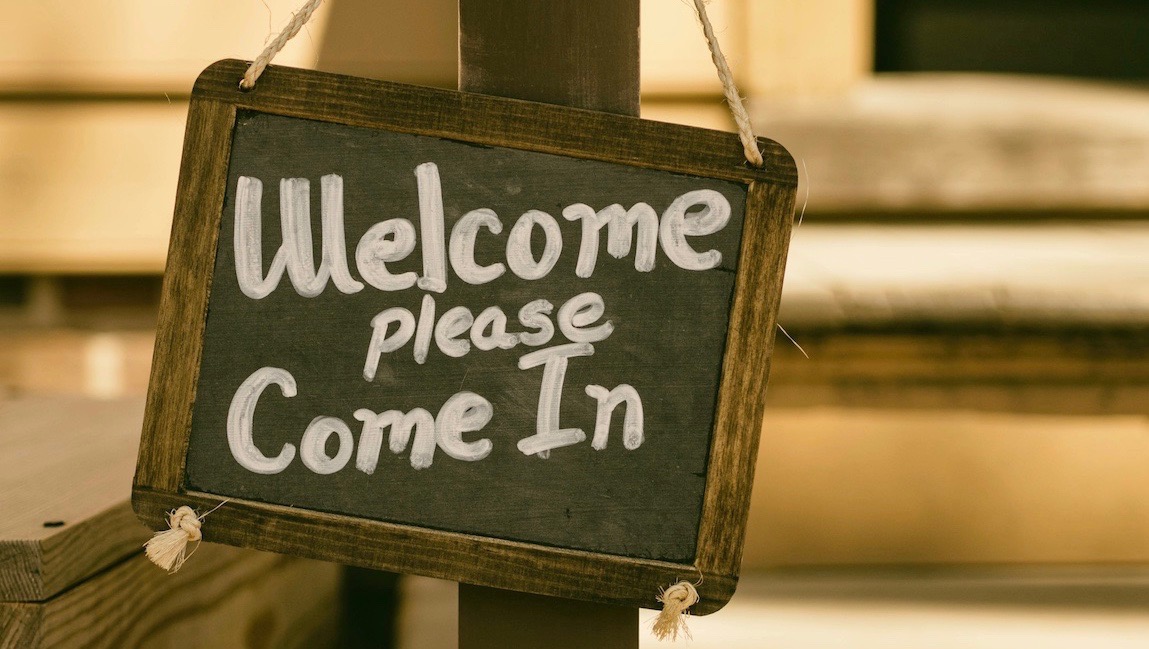
Charlene Seidle, an important funder, in Five 2018 Jewish Philanthropy Trends To Watch, refers to “positive opportunities to meet our constituents where they are, in innovative ways that resonate with their needs and interests.” She continues:
Judaism is our competitive advantage, and 2018 is the year to use Jewish wisdom to its full and vibrant extent. This will not happen by drawing lines in the sand, but rather by being radically welcoming and giving people of all interests and backgrounds the chance to produce, consume, revive for themselves, speak up, speak out and “pray with their feet.” If we don’t, the existential crisis will not be their rejection of all that’s righteous, but rather the dire loss of talent that the Jewish community will suffer through our rejection of those who don’t look and feel exactly like “we” do (whoever “we” is these days).
I love the reference to “radical welcoming” and agree about the dire loss of talent that rejection generates. I love that Seidle refers to Jews of Color as an example, noting they represent 20% of the Jewish community and that “if we were fully inclusive, Jewish convenings like the GA, URJ Biennial, Jewish Funders Network and others would include scores of non-white Jews. What an opportunity to form new friendships and benefit from the diverse experiences which contribute to innovation and reinvention in lasting ways.”
But I can’t help but note that if we were fully inclusive of interfaith families and partners from different faith traditions, who represent 50% of the Jewish community and even more of the liberal Jewish community, that would really “make 2018 the year of bold Jewish philanthropic vision and action.”
When the Forward asked twenty rabbis Where Do You See the Jewish Community in 50 Years, two responses related to that need for inclusion: Reform Rabbi Denise Eger, former head of the CCAR, said “There are more Jews leaving the formal attachments to the Jewish community because the structures of the community are not in touch with where the Jewish people are really at,” and Reconstructionist Rabbi Nina Mandel said “My hope is that in 50 years, the global Jewish communities will be embracing the diversity of practice, region, ethnicity and peoplehood.”
The top story in the New York Jewish Week’s Stories to Watch in 2018 is “Rabbis Officiating at Intermarriages:” “As intermarriage increases in this country, the willingness of rabbis to officiate at interfaith marriages is becoming a topic of growing interest, especially in the Conservative movement… 2018 could prove to be a pivotal year in the debate.” The Jewish Week suggests that processes and decisions by Rabbi Amichai Lau-Lavie and congregation B’nai Jeshurun perhaps provide “a blueprint for others wishing to find some way to support interfaith unions.” There was an interesting story in the Wisconsin Jewish newspaper, Local synagogues work to welcome interfaith families, about increasing welcome to interfaith families, including rabbis who have started to officiate for interfaith couples, as well as anecdotal data on apparently increasing instances of conversion. This will clearly be an important continuing story in the new year.
In “’Interfaith’ term rings hollow for some Jews” Holly Lebowitz Rossi, reporting on a panel at the URJ Biennial for the Religion News Service, writes that Jewish communities are “more supportive and inclusive than in previous generations” but the “language of this inclusion effort matters” to interfaith families. Rossi quotes InterfaithFamily’s Jodi Bromberg recommending that Jewish communities stop using the term “non-Jew.” She also quotes a rabbi who says the term “interfaith” isn’t accurate and prefers “families where individuals come from different faith backgrounds.” But I agree with Susan Katz Miller, also quoted in the article, that the term “interfaith” “works for families that have chosen to practice only Judaism, as well as those that maintain both parents’ traditions.” The article has one other very interesting comment by a lay person at the biennial, who distinguished welcoming and inclusive: “Welcoming makes you feel like you’re a guest, … Inclusion is, ‘you belong here.’”
Let’s hope that 2018 does become a year of inclusion and bold philanthropic vision and action toward that end.

Leave a Reply